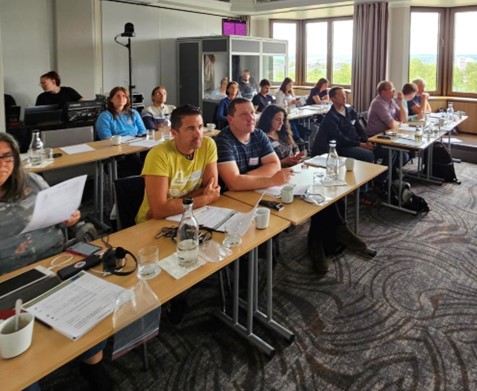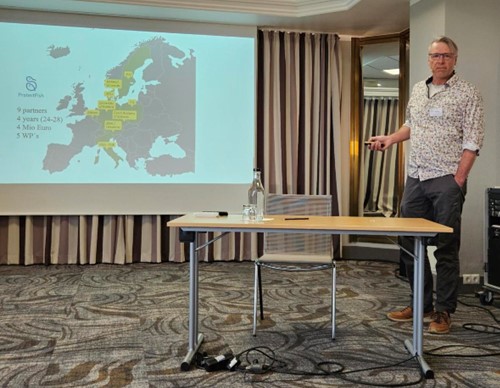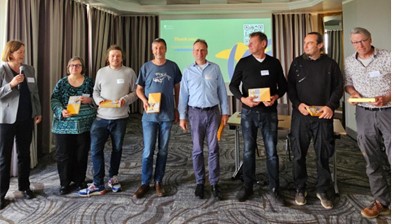06 May 2025, Koblenz – Germany
The first ProtectFish conference, held on 06 May 2025 in Koblenz – Germany, brought together local and regional authorities, scientific experts, and stakeholders to discuss the topic: “Predation as a challenge for protected fish”.
Expert presentations offered valuable insights on topics like the harmonisation of species protection, nature conservation and predation control. A particular focus was placed on the need for a balanced approach on bird & fish species, as both cormorants and their prey – such as grayling – are protected under EU legislation.
The conference aimed at fostering dialogue between fish and bird conservationists, encouraging science-based discussions and collaborative approaches regarding the necessity of predation management. The overarching objective was to adopt a perspective focused on the protection of threatened river fish (i.e. grayling) to help preservation of EU biodiversity and how this can be done without negative impact on other wildlife. The EU-wide conflict between successful protection of apex predators and the negative impacts of this on prey species and associated human interests needs attention and can best be mitigated with solid scientific documentation.
The ProtectFish project is an EU-funded research project under the Programme “Horizon Europe Research & Innovation”. Its objective is to fill data gaps, study management options and build dialogue among the stakeholders to deliver policy recommendations for the conservation of protected EU river fish populations.
Management recommendations on improving the declining biodiversity in Europe’s rivers will be issued by the end of the project based on scientific research and stakeholder discussions. The project has been granted funding totaling 4,033,000 EUR and will operate until May 2028.
An afternoon dialogue session was organised with local stakeholders to discuss a set of pre-determined questions to come up with commonly agreed positions on the feasibility of local measures in the Koblenz (Rhineland Palatinate) area from a nature conservation perspective. Some of the questions tackled during this cross-sectoral dialogue were:
- What scientific findings (monitoring, population figures, studies) are there on the influence of cormorants on protected fish species – and where are there gaps in knowledge or uncertainties?
- What short- and long-term measures to reduce the conflict between cormorants and freshwater fish species (e.g. management, habitat improvement, deterrence) are ecologically justifiable, legally feasible and acceptable to all parties involved?
- In which regions or contexts is the cormorant’s influence particularly problematic for endangered fish species – and where is the pressure actually lower or even acceptable?
- What could a coordinated approach look like that does justice to both the protection of endangered fish species and the legal status of the cormorant? Who takes on which role?
“Ultimately, the findings from ProtectFish aim to develop better management practices, reduce interspecies conflicts, and strengthen the protection of threatened fish species across the EU.” explained Niels Jepsen, ProtectFish Coordinator and added that “We need to think about fish as nature, not just as food”.
The event’s report and presentation will be published on the project’s website in due course.




